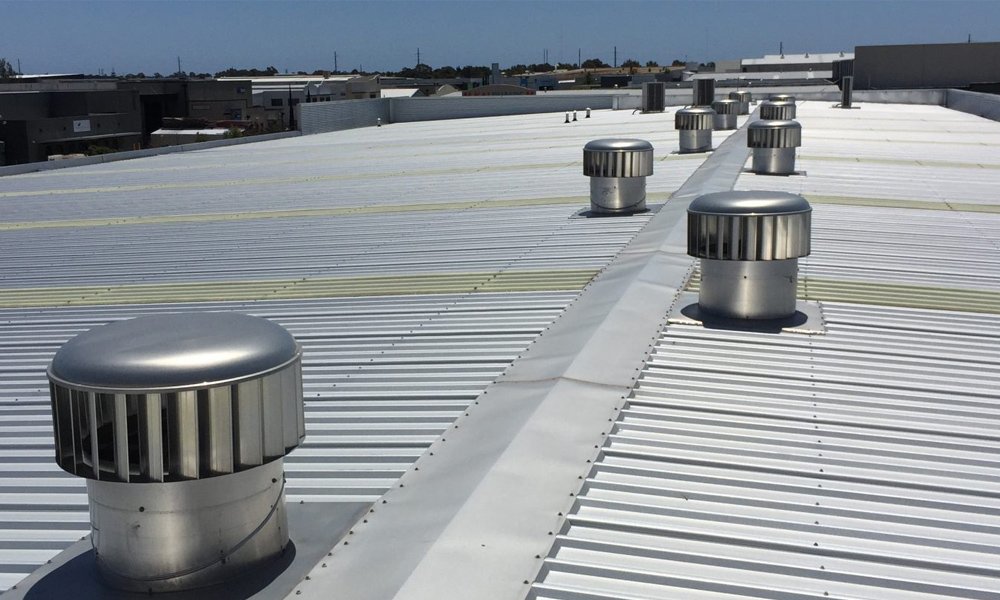Proper ventilation systems in roofing are essential for maintaining roof integrity, preventing moisture buildup, and enhancing energy efficiency. Effective ventilation helps regulate temperature, reduce condensation, and prevent mold growth, thereby extending the lifespan of the roof and improving indoor air quality.
Maintaining Roof Integrity
Ventilation systems prevent heat and moisture buildup in the attic, which can cause damage to roofing materials and the structure itself. By ensuring a steady flow of air, these systems help maintain the roof’s integrity and prevent issues like warping and deterioration.
Preventing Moisture Buildup
Moisture accumulation in the attic can lead to mold growth and wood rot, compromising the structural integrity of the roof. Proper ventilation helps remove excess moisture, keeping the attic dry and reducing the risk of damage.
Enhancing Energy Efficiency
Ventilation systems contribute to energy efficiency by regulating the temperature in the attic. During the summer, proper ventilation helps reduce the heat load on the house, lowering cooling costs. In the winter, it prevents the buildup of warm, moist air that can lead to ice dams and other issues. For effective roof ventilation, using high-quality systems like dry ridge can enhance performance. Dry ridge systems provide continuous ventilation along the roof ridge, ensuring optimal airflow and maintaining the roof’s health.
Types of Ventilation Systems
Various ventilation systems are available, including ridge vents, soffit vents, and gable vents. Each type offers unique benefits and can be combined to create an effective ventilation strategy. Ridge vents are installed along the roof’s peak, allowing warm air to escape, while soffit vents allow cool air to enter from the eaves.
Installation and Maintenance Tips
Proper installation and regular maintenance of ventilation systems are crucial for their effectiveness. Ensuring vents are not blocked by insulation and that they are free from debris will maintain optimal airflow. Regular inspections can help identify and address any issues before they become serious problems.
Case Studies and Real-World Applications
Numerous case studies demonstrate the benefits of effective roof ventilation. Homes with well-maintained ventilation systems experience fewer issues with mold and mildew, lower energy bills, and longer-lasting roofs. These examples highlight the importance of investing in quality ventilation systems and regular maintenance.
Conclusion
In conclusion, the advantages of ventilation systems in modern roofing are manifold, contributing to the longevity, energy efficiency, and overall health of the home. By understanding the benefits and ensuring proper installation and maintenance, homeowners can protect their roofs and improve their living environments.















